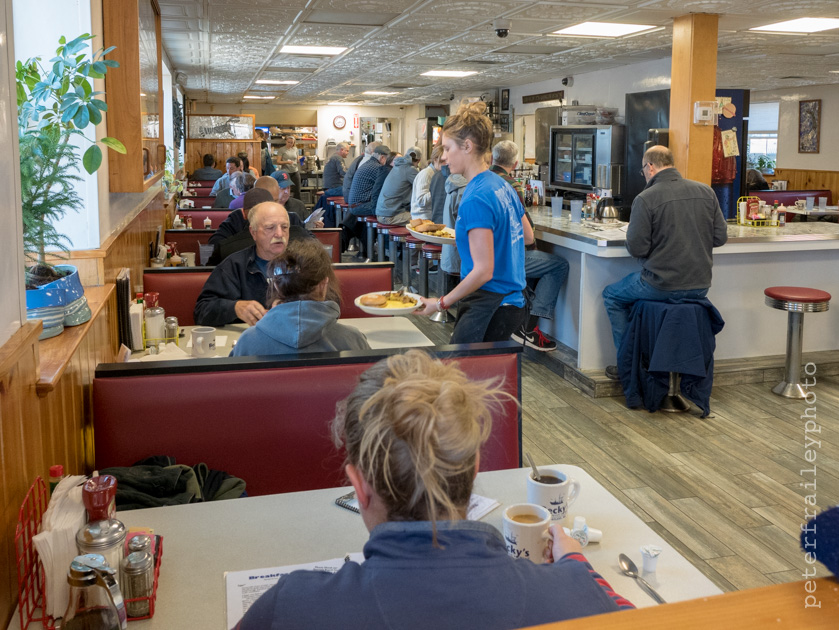There are still a few patches of snow around our yard and I do plan on getting some more skiing in over the next week or two, with day-trips to New Hampshire being planned. But I do think winter is over here in New England and, of course, according to the calendar it is officially spring.
Here in Massachusetts we had one of the snowiest Marches in history. This after one of the warmest Februarys in history with the first ever back-to-back 70 degree (F) days.
March saw four “Nor’Easters”. This number in one month is unheard of. Nor’ easters generate heavy rain or snowfall, hurricane winds especially along the coast, and blizzard or whiteout conditions. In our case we had snow during three of the storms and rain during the last one. In our yard we had twelve trees snap in half from the weight of the snow, and we were without electicity for three days during the one storm that brought down our trees.
Here's one snowy picture I took after the second storm, which dropped over 20" of snow. I hope I do not have another opportunity like this until next winter!
"Snow Covered Maple Forest"
Olympus E-M1 plus Olympus 12-100mm F4 zoom @75mm (150mm equiv)
Aperture Priority, F8, 1/160, ISO200, +1 EV
Converted to black and white in Lightroom
Snow tip:
To keep white snow from looking mid-tone gray, overexpose the light meter readying by about 1 stop. Whether you are using A, S, or P modes, just use the EV compensation feature found in even the lowliest camera to add one stop of compensation.
























